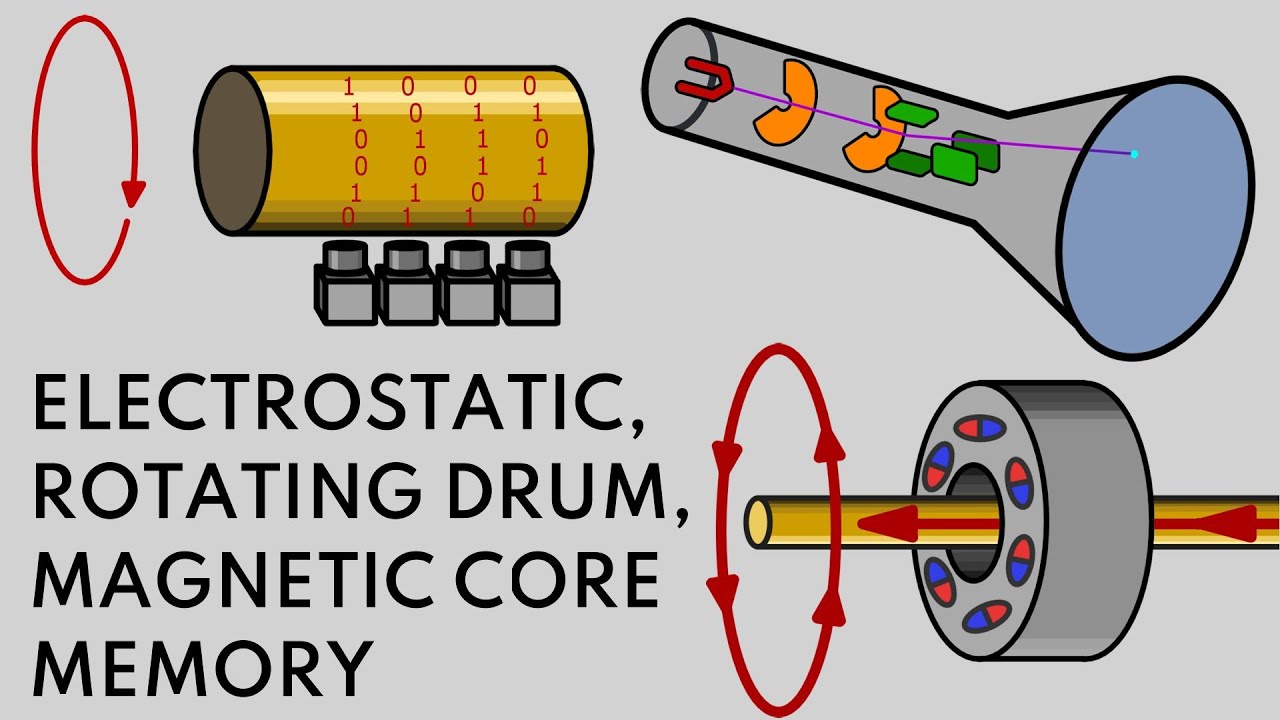After completing construction and testing of the processor in Part 22, it’s time to move on to the next major subsystem of the computer: its memory. While it would be easy to interface a modern solid state static RAM chip to the vacuum tube logic, that would be cheating. In this episode, we explore “period” memory technologies such as Williams tube electrostatic memory, rotating magnetic drums, and magnetic core memory.
What people who never experienced the pre-integrated circuit era often don’t appreciate is that prior to the development of solid state memory chips, building the processor of a computer was the easy and inexpensive part of the project. It was memory that was difficult, costly, and usually the limiting factor in speed. I discuss this further in “Computation, Memory, Nature, and Life”.
